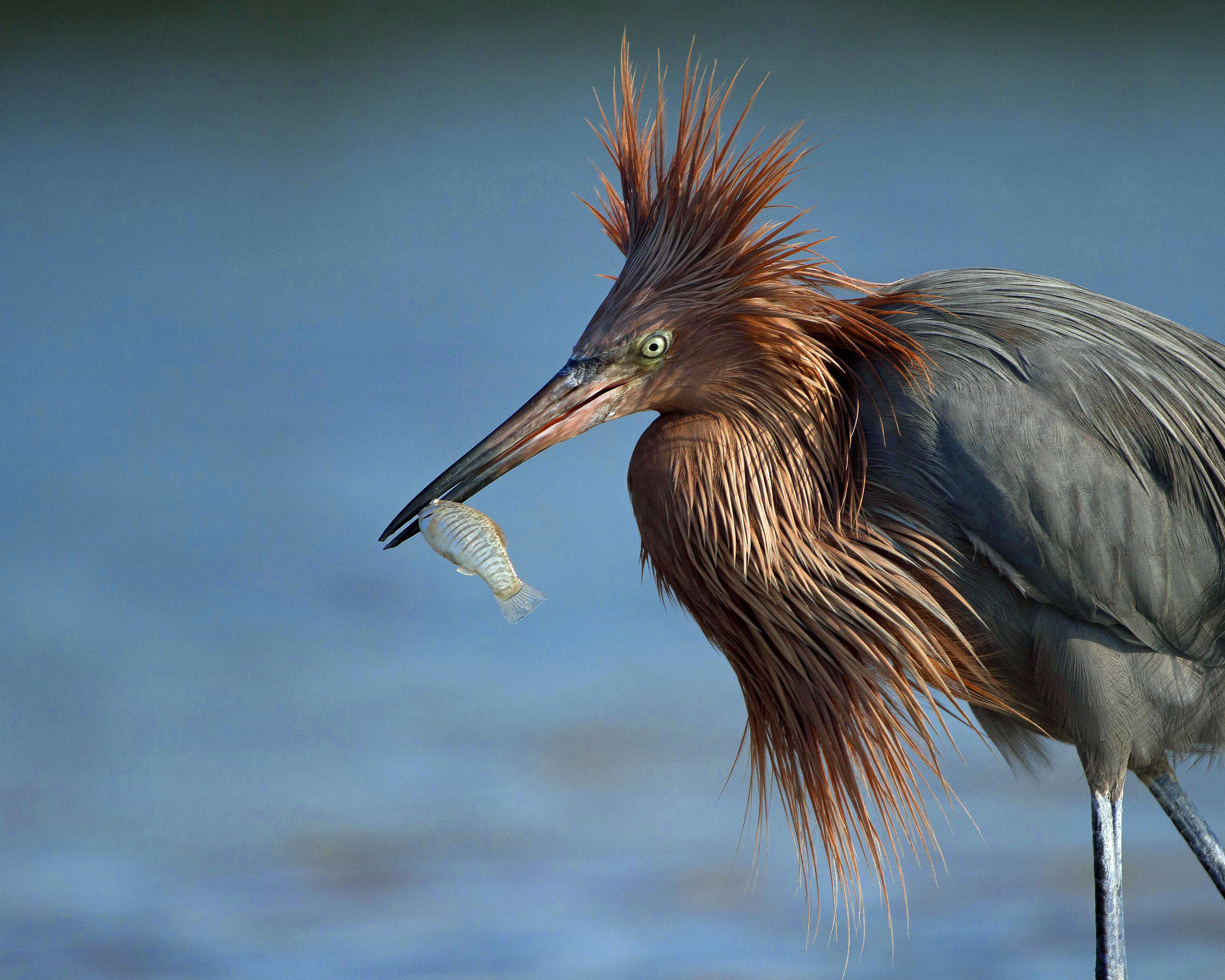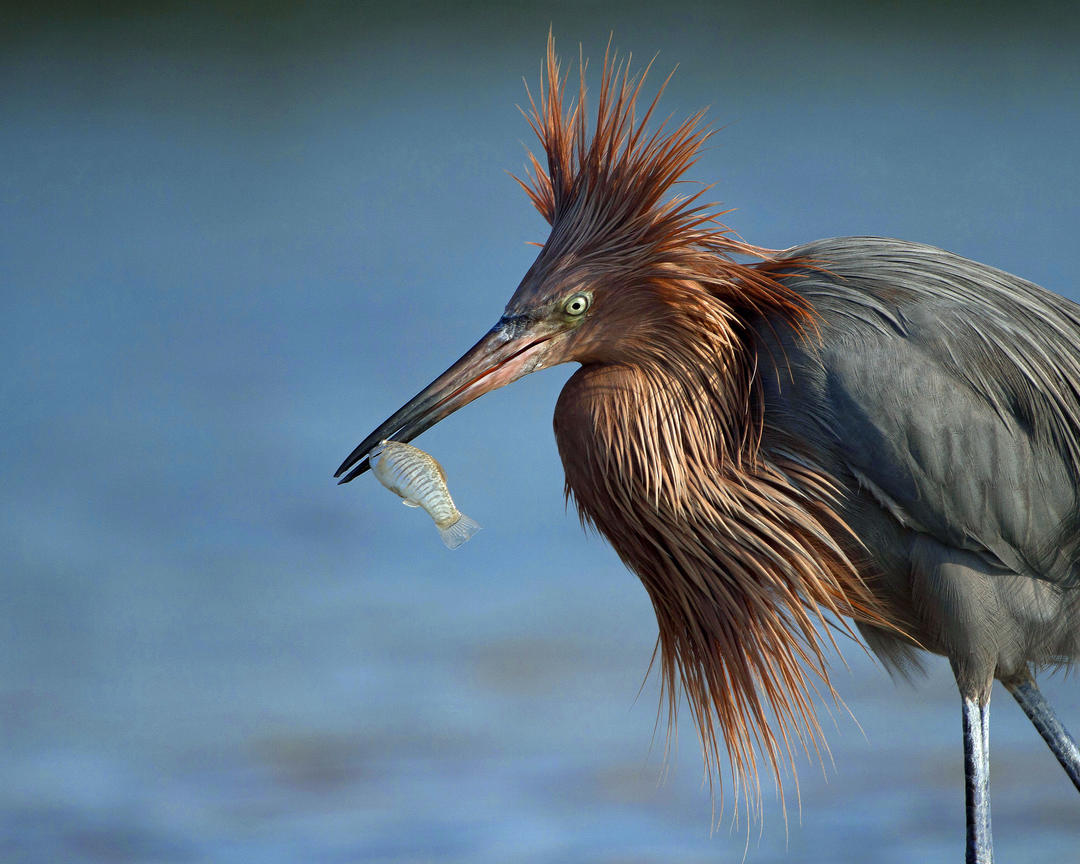Every nesting season, Audubon Florida staff head out into the Tampa Bay region to count wading birds. Since 1995, we have compiled data on nesting birds, including: Roseate Spoonbills, Wood Storks, Reddish Egrets, Little Blue Herons, Great Blue Herons, Tricolored Herons, and Brown Pelicans in the region.
Most species experienced declines over the 25-year period, likely due to pressure from the increasing human population. Human disturbance at nesting colonies - boat landings, anglers, and photographers - causes adults to fly from their nests, leaving eggs and young unprotected from Fish Crows and other aerial predators, as well as vulnerable to temperature extremes. Chicks that fall out of their nests can’t fly yet and often die. Development in coastal watersheds degrades or destroys wetlands critical to waterbirds foraging to feed their young and also releases a variety of pollutants into estuaries that exacerbate harmful algal blooms.
Importantly, Audubon and partners have collaborated to better protect the region’s nesting islands, stemming population declines and working towards higher numbers of fledged chicks for some species in recent years. The Tampa Wading Bird report summarizes our data over 25 years, and looks towards the future for these iconic bird species.
Read the full report here.












